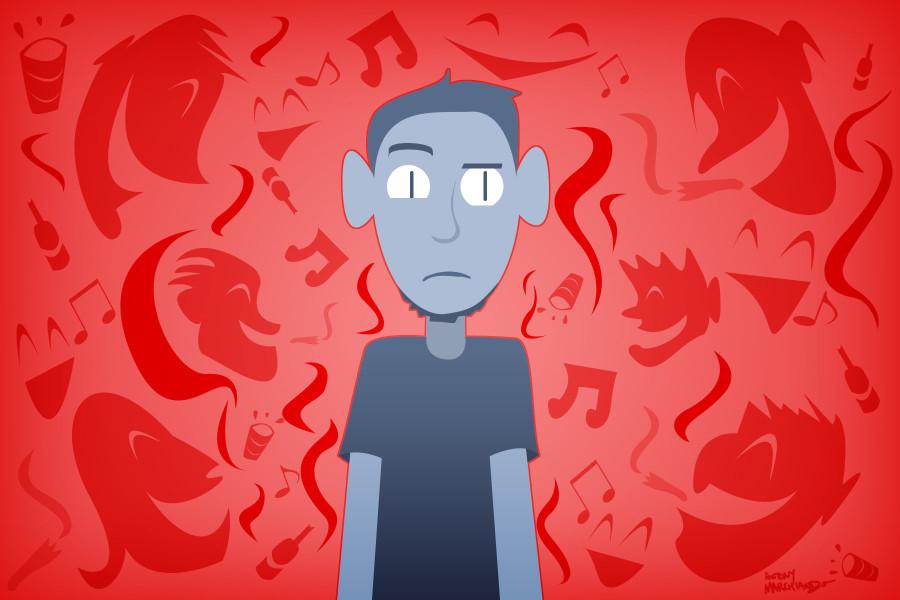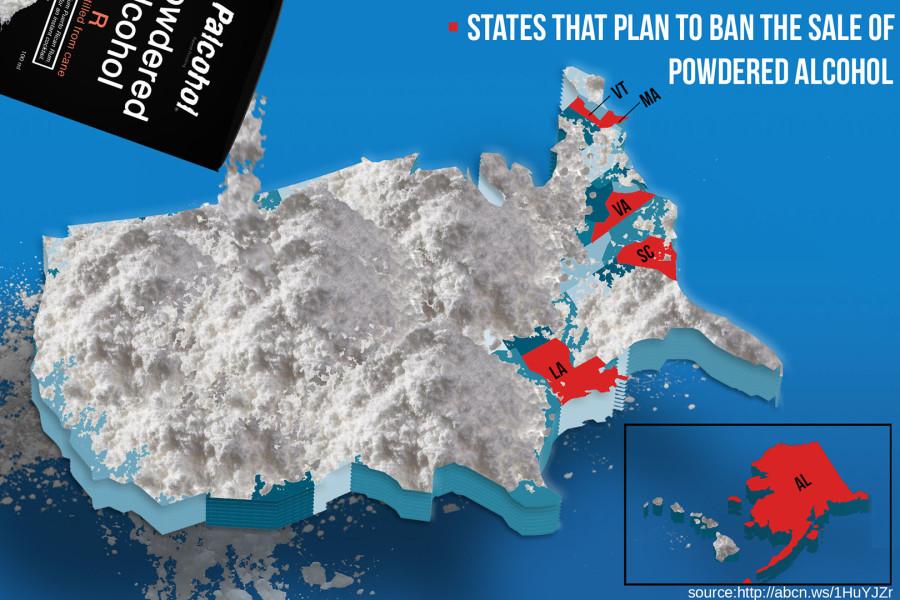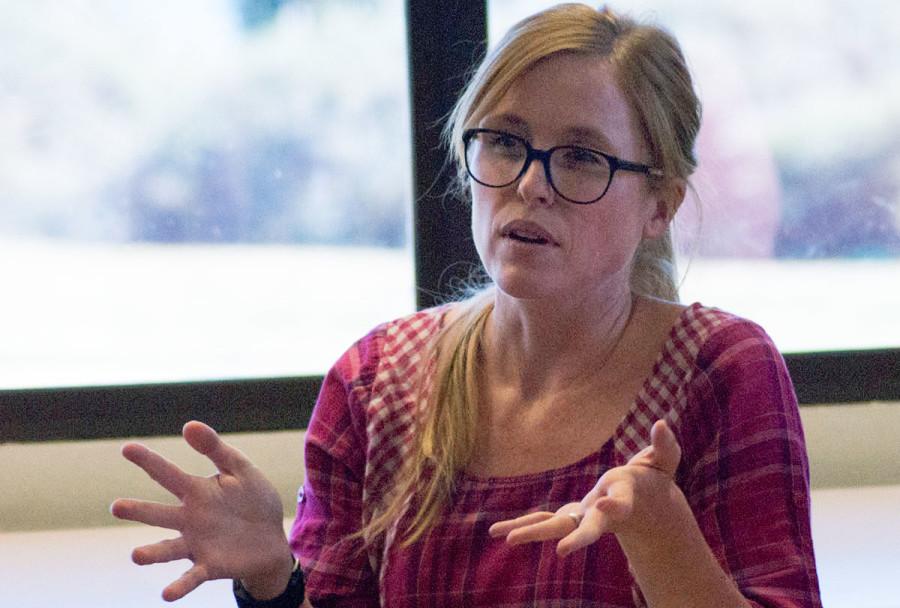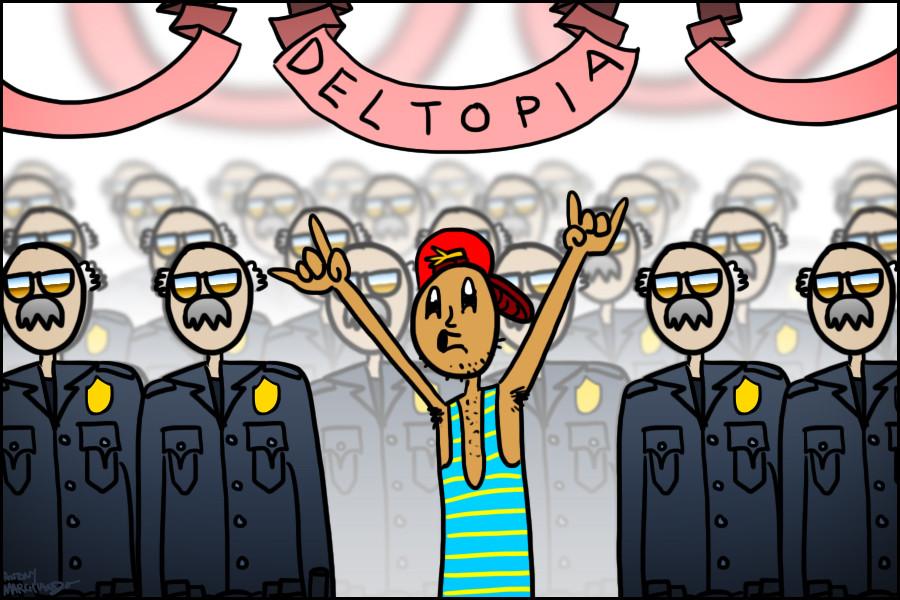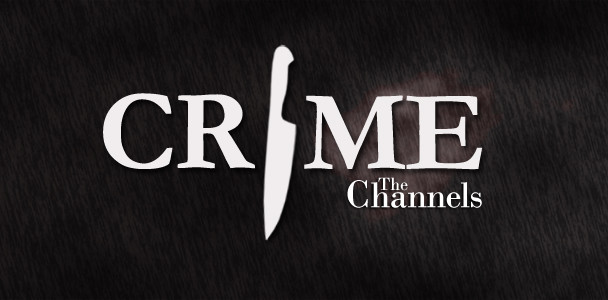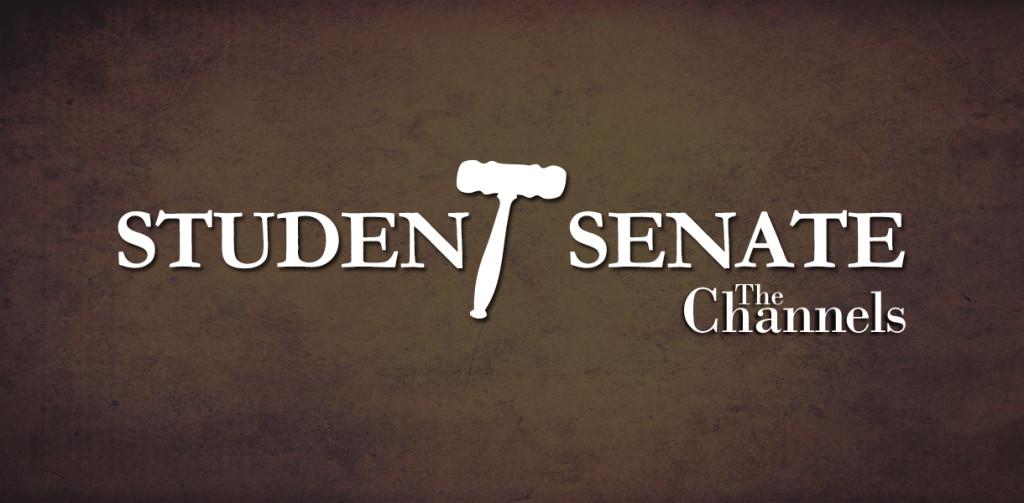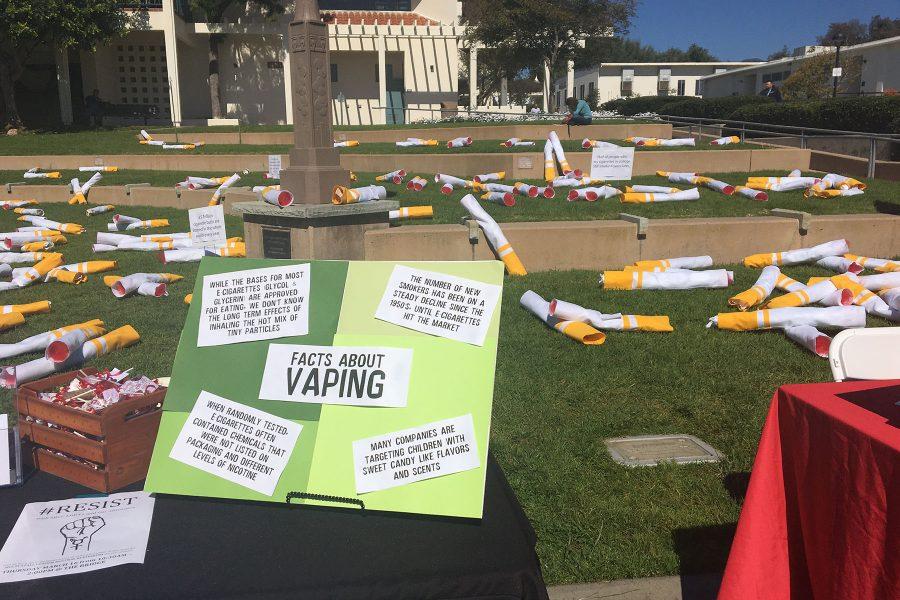Why let soiled blouses and bar brawls ruin Saturday night’s party? Instead, let them stimulate an informed discussion on binge drinking on college campuses, and the legal drinking age.
The former president of Middlebury College , John McCardell, believes that the existing drinking age laws aren’t working. He argues that such laws push drinking into unsafe, underground settings.
McCardell instituted the Amethyst Initiative, an organization that supports an informed and unimpeded dialogue on the 21-year-old legal drinking age.
The initiative calls for a discussion on the consequences of current alcohol policies, and the best way to prepare young adults to make responsible decisions regarding alcohol use.
The Amethyst Initiative has 135 signatures of chancellors and presidents from some of the most prestigious universities and colleges in the nation, including Colgate, Duke, Johns-Hopkins,Syracuse and Tufts, as well as Santa Clara, Chapman, and Pomona Universities in California.
“I’m in favor of any dialogue when it comes to this stuff,” said Gordon Coburn, City College’s alcohol and drug counseling department chair. “Let’s get it out on the table. Let’s talk about it,” he added.
Coburn notes there are valuable lessons to be learned from history. He said that trying to legislate against alcohol simply doesn’t work.
“Prohibition proves that,” he said. “Things went absolutely haywire during prohibition and they had to repeal (it) and add a constitutional amendment.”
Groups such as Mothers Against Drunk Driving and the American Medical Association advocate the “not one drop until twenty one” policy. However, Coburn believes a more realistic approach lies in the adoption of the Western European model.
Many countries allow adolescents to start their drinking at an earlier age, consuming alcohol moderately and gradually.
“In the French culture it is not okay to get drunk,” Coburn said. “Once you start slobbering all over the place or behaving badly, that is a reflection on you.”
Coburn stated that for these drinkers, “moderation itself is part of the culture.” Whereas in this country, young drinkers seem to be more accepting of sloppy drunks, he said.
Judith Stewart, a licensed attorney, introduced the rebuttal.
“Mothers Against Drunk Driving may argue that since the drinking age has been raised to 21, there has been a decrease in highway fatalities caused by drunk driving,” she said. The drinking age may have played a major role in these statistics, but it could also be general vehicle safety improvements as well, she said.
Forming an identity is at the core of every young adult’s experience, and there is no easier way to test boundaries than through rebellion, Coburn said.
“Once we start saying to kids, ‘don’t you take that first drink,’ I don’t think that’s useful,” Coburn went on. “I think education is useful in the sense that we should be teaching young people what alcohol is, what it does, and why it’s dangerous.”
He argues that rather than focusing on an unenforceable law, energy would be better spent addressing the abuse of alcohol, overconsumption of alcohol and driving under the influence. Coburn noted the magnitude of the underage drinking problem, saying “a tidal wave is a tidal wave.”
Coburn states that the key isn’t necessarily abstinence, but moderation.
Coburn advises young people to look at their drinking habits on a regular basis, and question their ability to moderate. He said the truth is, we all can, but young people’s moderation in the current cultural setting is a different question.



